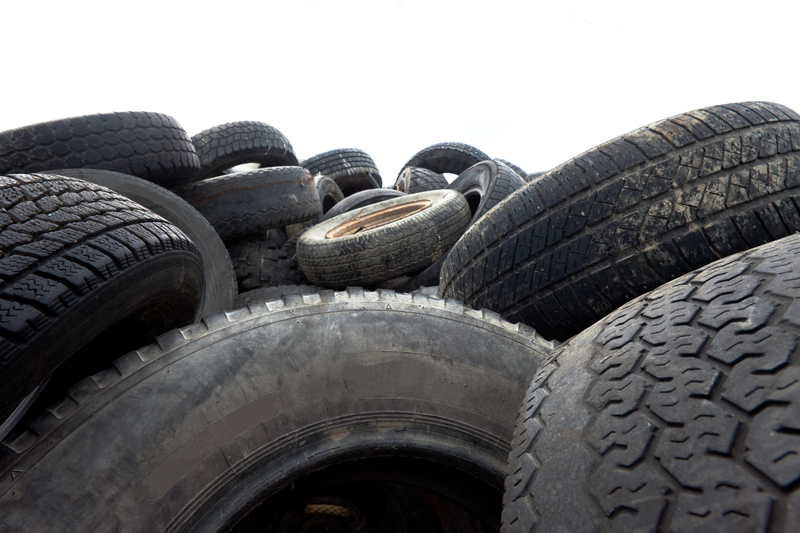Turning the Tide Against Microplastic Pollution
Microplastic pollution has emerged as one of the most pervasive and challenging environmental issues we face today. These tiny plastic particles, often less than 5mm in diameter, infiltrate ecosystems, disrupt marine life, and even impact human health. To combat this growing concern, it's essential to understand the sources, effects, and strategies for mitigating microplastic pollution.
Understanding Microplastics
Microplastics are small plastic pieces that primarily originate from larger plastic debris that degrades into smaller fragments through exposure to environmental factors. They can also be directly manufactured as microbeads used in cosmetics or microfibers from synthetic clothing. Regardless of their origin, they pose significant threats to the environment.
Sources of Microplastic Pollution
- Primary Microplastics: These are deliberately manufactured small-sized plastics, commonly found in personal care products like exfoliating facial scrubs and as fibers shed from synthetic textiles during laundry.
- Secondary Microplastics: Formed from the breakdown of larger plastic waste, such as water bottles and packaging materials due to environmental conditions.
- Industrial Processes: Certain industrial processes release microplastic particles into wastewater, which eventually end up in water bodies.

Impacts of Microplastic Pollution
The ramifications of microplastic pollution are profound and far-reaching, especially in marine ecosystems where they are predominantly found.
Ecosystem Destabilization
Microplastics can be ingested by aquatic organisms, mistaking them for food. This not only affects the physiological health of these creatures but also disrupts the entire aquatic food chain.
Human Health Concerns
Microplastics are beginning to enter human food systems primarily through seafood consumption. Additionally, their presence in potable water raises concerns regarding long-term health implications. Although research is still ongoing, there is potential for microplastics to carry toxic chemicals into human bodies.
Socio-Economic Impact
The pollution generated by microplastics affects economic activities tied to the oceans, including fishing and tourism. Contaminated fish and destroyed aquatic habitats can cause significant economic losses, affecting livelihoods in coastal communities.

Strategies to Combat Microplastic Pollution
Despite the challenges, several solutions are paving the way toward reducing microplastic pollution. These strategies involve a multidisciplinary approach that includes policy regulation, technological innovation, and public awareness.
Policy and Regulation
Governments worldwide are starting to recognize the threat posed by microplastics and are implementing regulations to manage plastic waste efficiently. Some effective legislations include:
- Ban on Microbeads: Many countries have already banned microbeads in personal care products to curb primary microplastic pollution.
- Plastic Waste Management: Enhancing waste management protocols can significantly reduce the amount of plastic waste breaking down into microplastics.
- Extended Producer Responsibility (EPR): This concept holds producers accountable for the lifecycle of plastic products, incentivizing them to design more environmentally-friendly solutions.
Technological Innovations
Innovation plays a crucial role in the fight against microplastic pollution. Emerging technologies range from advanced filtration systems to biodegradation improvements:
- Filtration Technologies: Enhanced filtration processes are being developed to capture microplastics in wastewater treatment plants, preventing them from reaching oceans.
- Biodegradable Alternatives: Investing in the research and development of biodegradable materials offers a sustainable alternative to traditional plastics.
- Cleanup Initiatives: Robots and autonomous machines are now being deployed to clean water bodies, capturing both macro and microplastics efficiently.
Community Engagement and Education
Public awareness and education are critical in turning the tide against microplastic pollution. Empowering individuals to make more sustainable choices can have a substantial impact:
- Reduce Single-Use Plastics: By choosing reusable products, individuals can significantly decrease the demand for single-use plastics, a prime source of microplastics.
- Participate in Cleanup Drives: Community-led beach and river cleanup drives are essential in removing existing plastic pollution, highlighting community involvement.
- Educational Programs: Schools and organizations should promote education about the environmental impact of microplastics, teaching individuals how their actions contribute to the solution.
Future Prospects and Conclusion
The battle against microplastic contamination requires coordinated action across different sectors, including policy, science, industry, and society. Technological advancements, coupled with global legislative measures and community participation, represent a multifaceted approach to addressing this crisis.
In conclusion, turning the tide against microplastic pollution is not just an environmental imperative but a necessity for sustainable social and economic development. With continuous research, innovation, and collective effort, we can protect our planet from further harm and ensure a healthier future for generations to come.